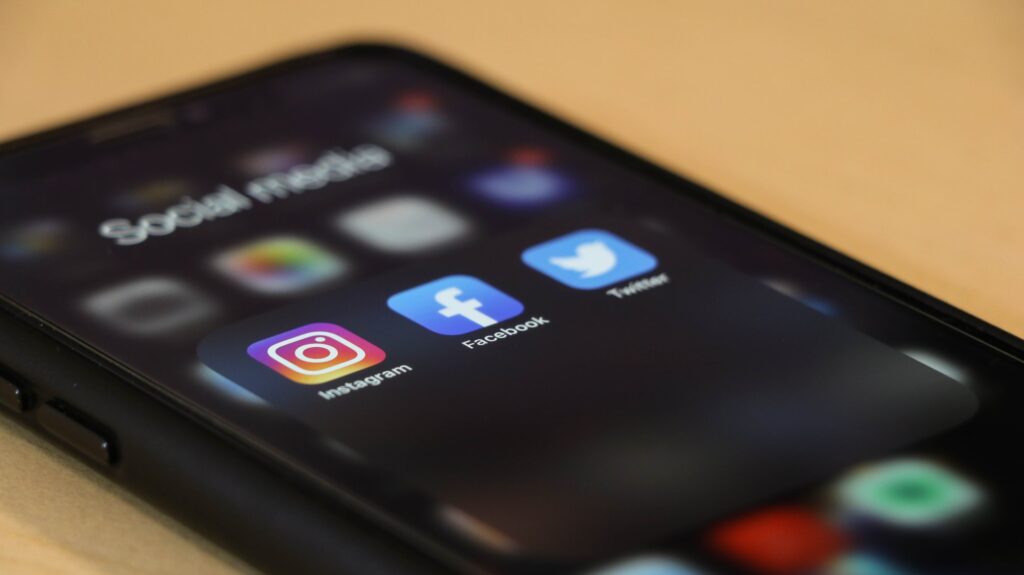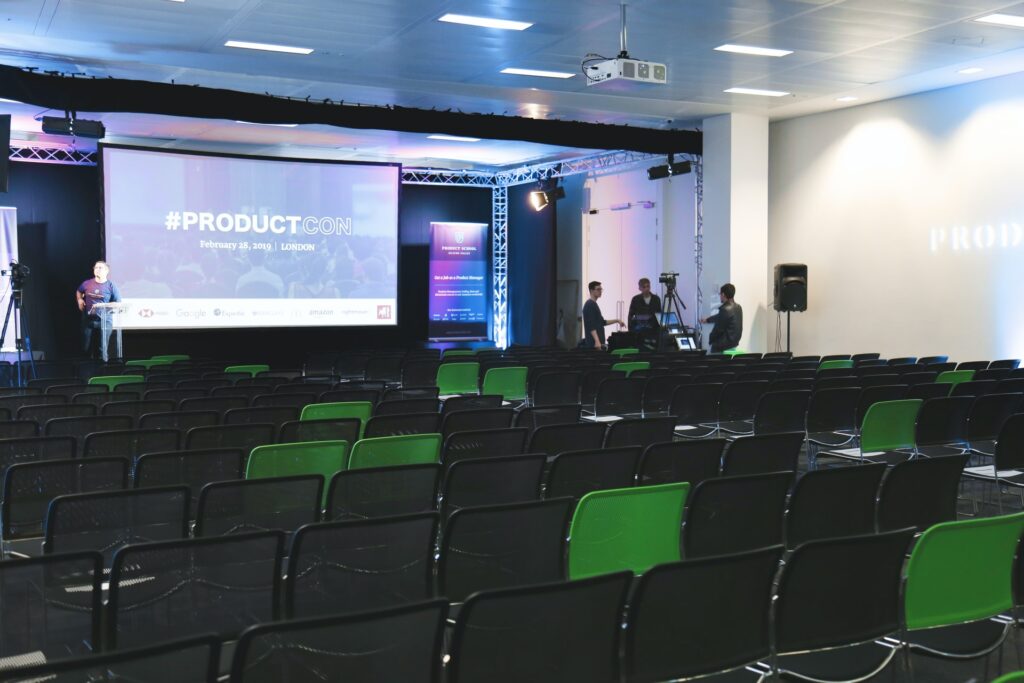
Brand awareness is an important part of any event. In fact, 64% of event marketers say that brand awareness is the main reason to host an event in the first place. However, even though all events are important for branding and connecting with customers, digital and in-person events aren’t created equal. Even if something works well for your in-person event, it doesn’t mean it will properly brand your virtual event.
For example, if you’ve always had large signage at your in-person events, those signs won’t display well at an online event. Instead, you may need a custom video background for speakers. In the new age of virtual events, you may need to adjust your branding strategy.
Thankfully, there are lots of ways to brand your virtual event. We’ve collected seven easy ways to do so. Whichever methods you choose, keep in mind that branding happens before the event even starts. Those first invitation emails that you send? Those are part of your branding. Any social media posts that you share? You guessed it—they count, too.
1. The Event Website

Before they log into your event, most attendees will visit your event website. (If it’s a ticketed event, they’ll all see your website!) Any landing pages should reflect the branding for your event. That can includes specific fonts and colors, engaging photos, or compelling copy. Your website should reflect the ambiance that you want for your online event. It will prep your attendees for the event, so they’ll know what to expect.
If you’re hosting event landing pages on a company website, it’s OK if those pages look different from the rest—especially if your virtual event is different from your overall company brand. The most important thing is that any event landing pages or websites accurately brand your virtual event.
2. Event Promotion
Event promotion is a broad category, and it’s important that all your efforts align with the event brand. This includes any emails you send—from invitation emails to confirmation ones—as well as social media posts and whatever in-person promotion you may do. (Direct mail campaigns are a great way to reach your customers while everyone is home!)
It can seem overwhelming to align every promotion—but it really is the best way to brand your virtual event. We recommend establishing your event brand at the very beginning, when you’re picking dates. Then, while you contact speakers and set the schedule, you can also create your promotion pieces. If branding is part of your planning, you won’t be scrambling to draft tweets the day before you post them. Instead, you’ll have a catalog of on-brand content to repurpose for every platform.
3. Social Media & Hashtags

Social media is part of your company or product brand before you even host your first event. That means it can do a lot of heavy lifting. Update your profile with relevant imagery, links, and info about your upcoming event.
Bonus Tip: Include the custom hashtag in your confirmation emails.
Wherever you have the biggest community, create a custom hashtag to communicate with attendees, too. Then, hang out with those attendees before, during, and after the event. You’ll connect attendees with each other, so they don’t miss the networking that in-person events offer. But you’ll engage with your audience at the same time, too. Share key points from the lecture, post behind-the-scenes photos during set up, and host polls and raffles all event long.
4. The Waiting Screen
Lots of attendees join a digital event a few minutes before it starts. They want to make sure that all the technology works, and they don’t want to miss anything meanwhile. In fact, you should encourage your attendees to join 5-10 minutes early so they have time to troubleshoot any issues!
Bonus Tip: Some online presentation tools let you personalize your landing pages and profiles with a logo and brand colors.
During that time, though, you should put up a waiting screen to let attendees know that they’re in the right spot. Something simple like “We’ll see you soon! [Event Title] will start at [start time]” will work well. Some streaming and video chat services let you display a custom screen. Otherwise, you can put a PowerPoint slide up and keep everyone on mute until it’s time to start.
5. The Presentation

If you’re hosting a speaker or educational conference online, you can still have a presentation! They’re a great tool for keeping attendees engaged and on-task even when they’re remote or distractible at home. But instead of handing out hard copies on the day of, send a digital copy to attendees 24-48 hours before the event begins, so they have time to review it and print it out ahead of time.
Bonus Tip: Send the presentation as a link for download.
Sending a link to download the presentation accomplishes two goals. First off, it gets attendees to your website the day or two before your event. And second, it will reduce the risk of an email provider blocking a message with a large attachment. Your presentation might even be too big to email anyways! All in all, sending a link is the way to go.
6. Favors & Grab Bags
Let’s face it: In-person events usually have a lot of free swag. Even if there aren’t tables with take-what-you-want pencils, stress balls, and hats, you probably received a goodie bag on the way out. Just because your event is online doesn’t mean you can’t spoil your attendees with swag! You can send branded items (that you know your attendees will use!). This will create a lasting impression long after your event is over.

Of course, you’ll have to mail your goodies—so you’ll need to collect addresses when the attendees register. You can mail the swag a week before the event, so everyone can wear their new tee and share a picture online using the event hashtag. Or consider mailing the items after the event, to stay top of mind for your next event.
7. The Post-Event Survey
Branding isn’t just about pretty colors and fonts—although we know that’s an important part! Overall branding is about what customers associate with your company or product. And a post-event survey can reinforce those ideals. A survey won’t just give you valuable feedback for your next event—especially important in the shift to more virtual events. But it can also reinforce your company’s values and key points from the event.
Conclusion
How you brand your virtual event is important for the success of your brand and your event. But branding isn’t just pretty signs and logo stickers—it takes a lot of planning to make sure your invitations, website, and day-of resources all align with your strategy. But it doesn’t have to be overwhelming. Just add branding to your checklist, along with booking a speaker and setting a budget!
How else can you brand your virtual event? Would you consider mailing swag bags?

